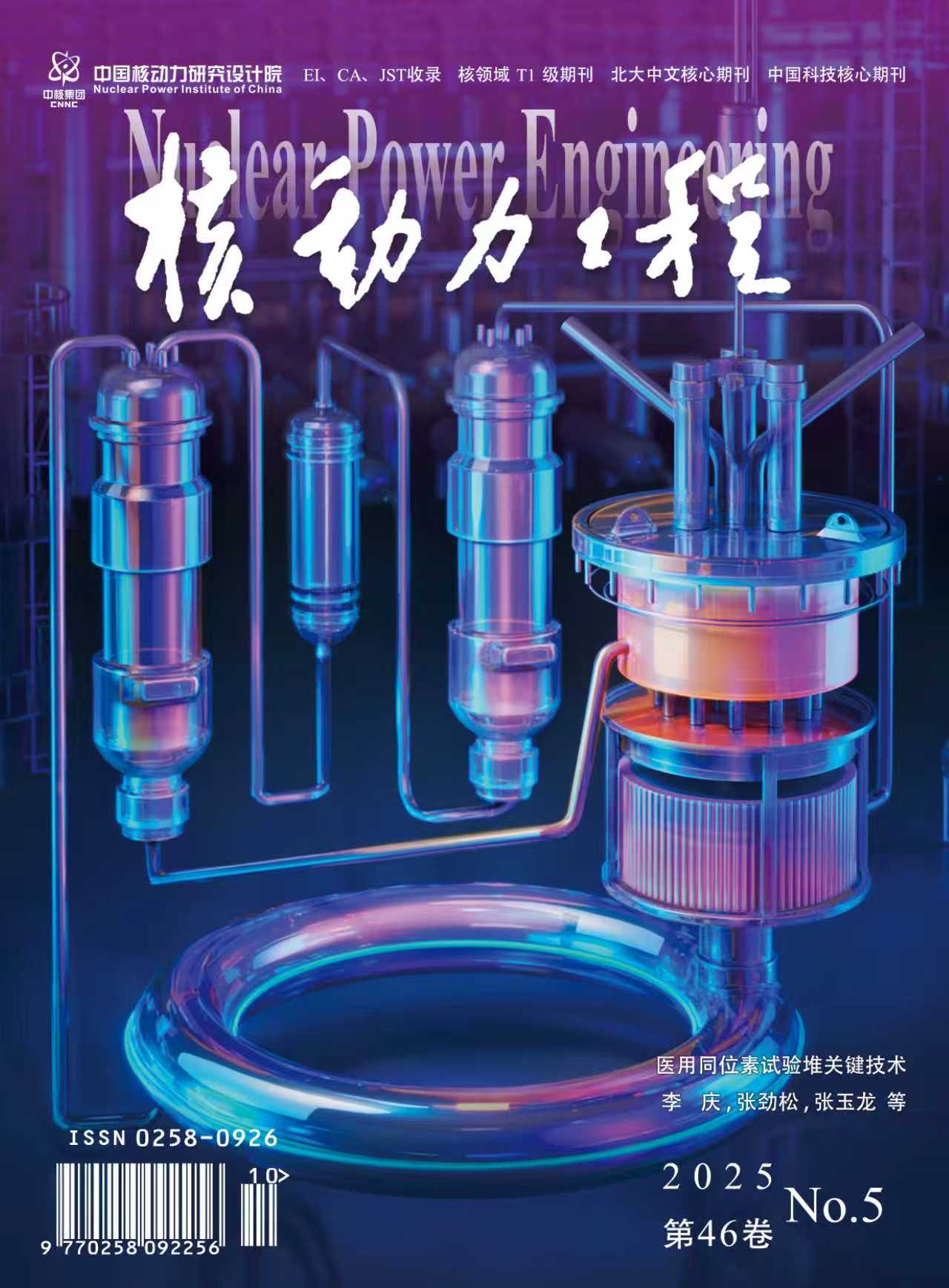2006 Vol. 27, No. 2
Display Method:
2006, 27(2): 1-4,44.
Abstract:
2006, 27(2): 5-8.
Abstract:
2006, 27(2): 9-13.
Abstract:
2006, 27(2): 14-16,25.
Abstract:
2006, 27(2): 17-21.
Abstract:
2006, 27(2): 22-25.
Abstract:
2006, 27(2): 26-29.
Abstract:
2006, 27(2): 30-35.
Abstract:
2006, 27(2): 36-39.
Abstract:
2006, 27(2): 40-44.
Abstract:
2006, 27(2): 45-49.
Abstract:
2006, 27(2): 50-53,63.
Abstract:
2006, 27(2): 54-58,63.
Abstract:
2006, 27(2): 59-63.
Abstract:
2006, 27(2): 64-67,77.
Abstract:
2006, 27(2): 68-71,96.
Abstract:
2006, 27(2): 72-77.
Abstract:
2006, 27(2): 78-82.
Abstract:
2006, 27(2): 83-86.
Abstract:
2006, 27(2): 87-90.
Abstract:
2006, 27(2): 91-96.
Abstract:



